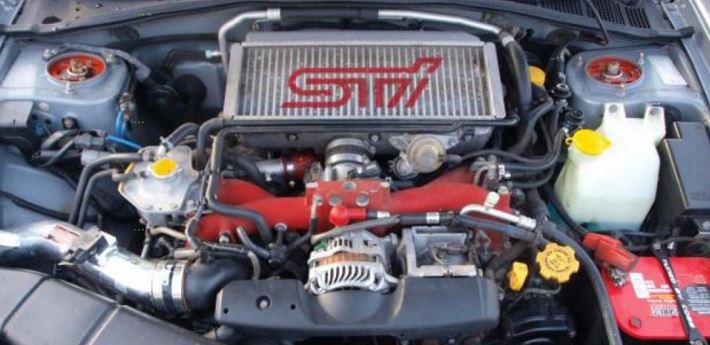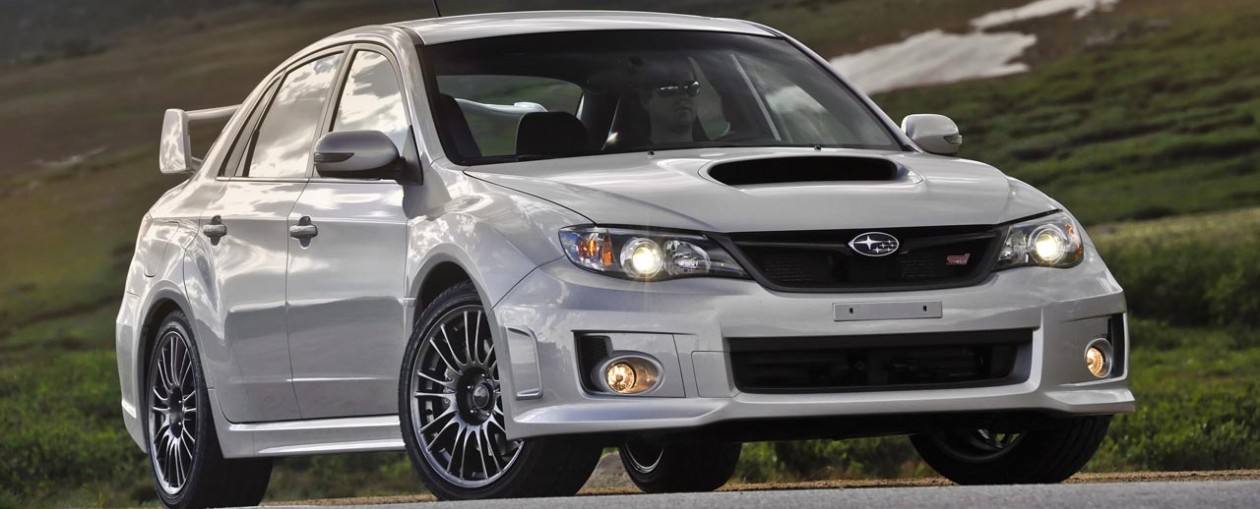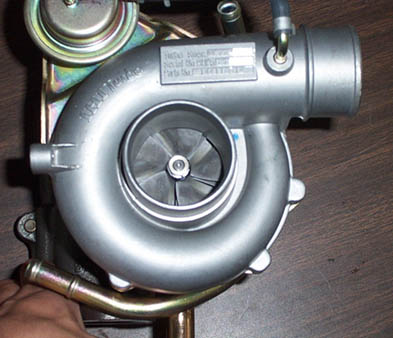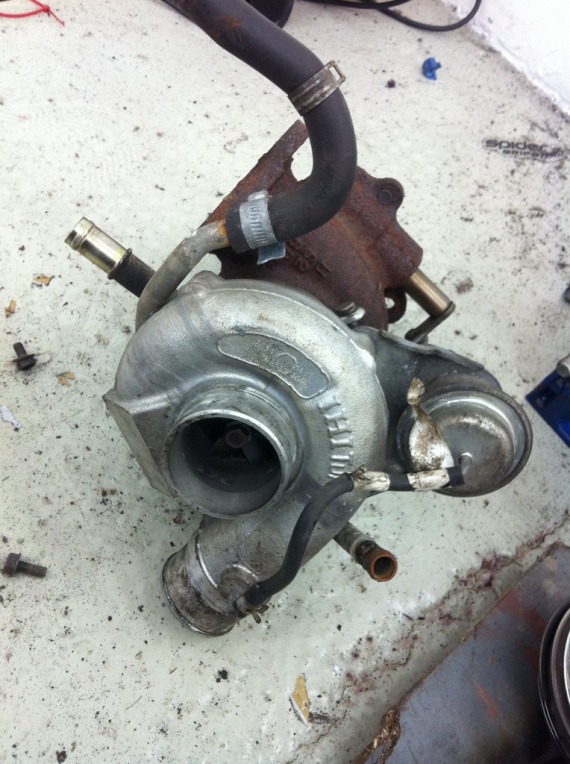Subaru Turbocharger Explained:
Turbochargers are fairly simple in concept, but adapting the system to modern vehicles can be quite complex. This primer for those new to servicing turbos and review for veterans lays out the function and operation of turbocharging in Subaru vehicles.

water spray system to help cool the intercooler, thereby
further cooling the intake air.
The return of turbocharging in the 2002 Impreza WRX marked an absence of nearly a decade for Subaru vehicles. While the new generation has been around for half a decade, not everyone understands the function and operation of Subaru turbocharging systems.
Naturally, everyone knows these blowers are designed to get the maximum power out of engines by packing more air and fuel into the cylinders to get the biggest bang possible. Just how that is accomplished, however, may be a bit of a mystery to you. Here’s a primer on turbocharging and how it applies to Subaru vehicles.
Subaru Turbocharger Explained:
A Brief History of Turbochargers
Turbochargers were originally invented to increase the volume of air pushed into the cylinders of internal combustion engines, and, along with increased fuel, raise the level of energy produced by the combustion process
Historical references indicate that Swiss engineer Alfred J. Buchi adapted the turbines from steam engines to diesel engines as a method to improve air induction, and, therefore, smoother operation in internal combustion engines. In 1905, Buchi’s idea of powering the forced air induction by exhaust flow was granted a patent. Good idea or not, the fairly crude engines of the day could not sustain even or adequate boost pressures. Buchi worked another ten years before he could produce a working model of a turbocharged diesel engine. By that time, other companies had also produced turbocharging systems
The massive building boom of internal combustion engines to supply ships, trucks and airplanes for World War I saw technologies take a giant leap forward. The first turbocharged diesel engines for ships and locomotives appeared around 1920. Shortly thereafter, European car manufacturers began incorporating them into factory race cars and a few sporty luxury models.
The next milestone for turbocharging came with the military build-up for World War II, when turbo systems were fitted to fighter planes and bombers to allow them to fly at higher altitudes where the thinner air could be compacted into the engines to provide sufficient combustion. However, direct-driven superchargers quickly proved more reliable, efficient and more easily controlled, leaving turbochargers by the wayside.
It wasn’t until the mid-1950s when turbochargers started appearing on diesel trucks that modern turbos began to make a dent in the automotive market. Today, the vast majority of truck engines are turbodiesels.
When turbocharged vehicles began to dominate the international racing scene in the 1960s, car manufacturers began to use them in sporty models to appeal to performance-oriented drivers. By the 1980s, turbochargers for cars were a bona fide success, particularly in Subaru vehicles, due to improved metallurgy, intercooling and efficient boost controls.
The main components of a Subaru turbocharger system are a water-cooled turbocharger, an air-cooled intercooler, a wastegate control solenoid valve, sensors and a controller. Let’s review the individual components and the role they play in the system.


